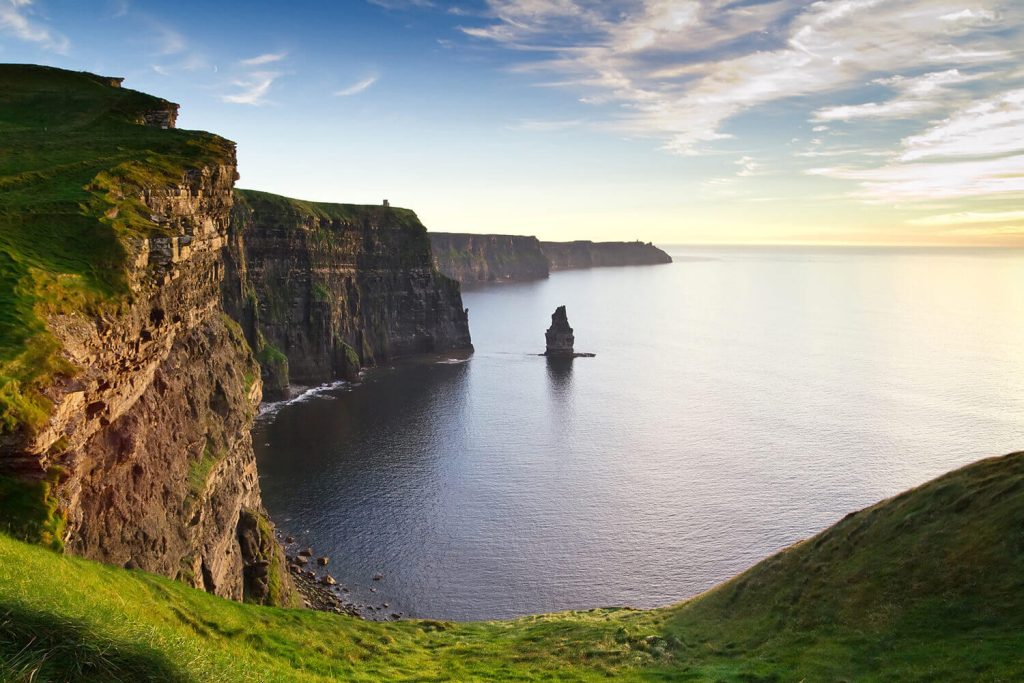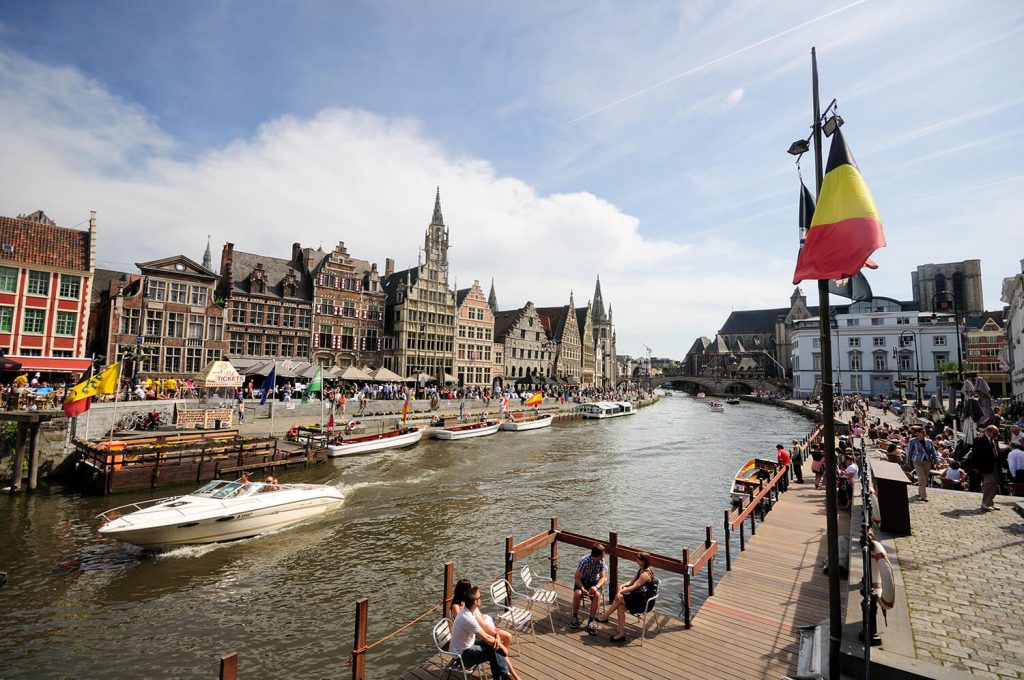There are, it must be accepted, a number of challenges for wine importers to Europe’s Atlantic islands. Distance from major producers will increase anyone’s costs. As Jonathan McDade, Head of Wine at Drinks Ireland, makes clear in his 2020 Wine Report, high excise duties can place a strain on even the most robust of markets. Yet despite the damage done by the COVID pandemic, it’s shaping up to be another strong year of wine imports to Ireland and Iceland.
First to consider is the way that Irish people drink wine. Around 80% of wine in Ireland is consumed at home, a bulwark against the effects of lockdown. While sales of beer and cider have suffered in a world without pubs, wine sales increased by 28%. Not only that, but each Irish wine drinker increased their consumption by an average of 10% during the pandemic. The Irish market shows no significant preference between red and white at 48% and 45% respectively. It is also worth noting that sales of rosé have strengthened in recent years, with an estimated 7% share of the total market. Compare that to sparkling, which accounts for only 2.3% of the market, a figure unaffected by the Coronavirus pandemic.
At 25.8% of the total market, Ireland loves Chile more than any EU wine; perhaps because Ireland pays the highest excise rates on bottles of wine in Europe. Irish customers continue fork out more for wine than any of their European counterparts – fifteen member states pay no excise duties on any sort of alcohol. It is an imbalance that has caused Drinks Ireland to call on the Irish government for a review of taxation.
1500km to the north is another island of high taxes and an increasing taste for wine. Iceland, like Ireland, has a highly concentrated market, with the vast majority of sales in its capital, Reykjavik. Prohibition was at least partially enforced until 1989, when the unofficial holiday of ‘Beer Day’ was first observed; this gives some indication of Iceland’s tastes, which is mostly for beer and spirits. More than €23 million worth of wine, however, was imported to the island in 2019 and the market is undamaged by COVID. Unlike Ireland, wines from the Mediterranean are most popular, with smaller shares for American produce. Importers should note that rosé and red are far more popular than white, even on long white nights.
Those willing to take the risk will find a growing market on Europe’s islands. High taxes will, of course, put off some investors, but there is political will for this to change, at least in the case of Ireland. It’s a rule that’s held good throughout history: neither Ireland or Iceland are nations which, in culture or wine, you can afford to overlook.



